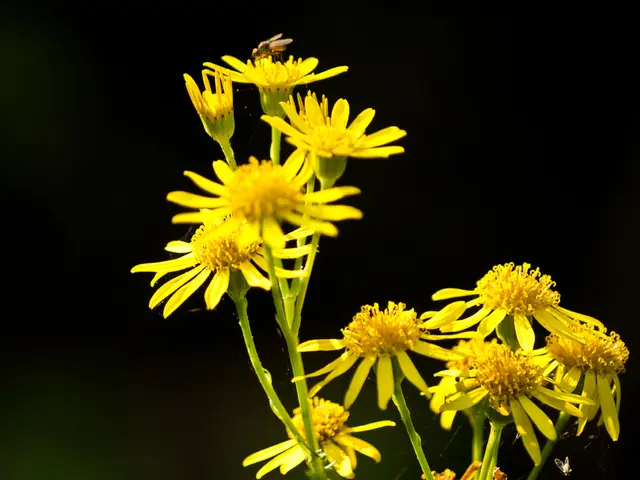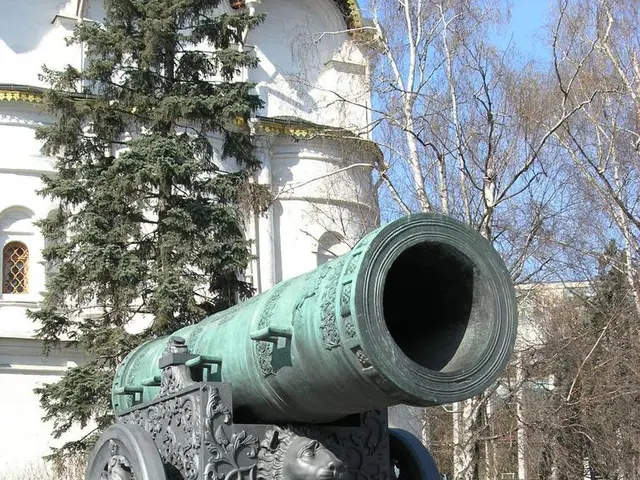Japanese Koi Fish | A Present from the Land of the Rising Sun
The Timeless Allure of Nishikigoi (Koi Fish) in Hiroshima, Japan
Hiroshima, Japan, is not just known as the City of Carp (or koi), but also as a place deeply rooted in the history and significance of Nishikigoi. This connection is evident through centuries-old koi farms like the Konishi Koi Farm, established in Hiroshima in 1919, which has played a pivotal role in the development and global recognition of Nishikigoi[1].
Nishikigoi, ornamental varieties of carp, were first bred in the middle of the Edo Period (1600-1866) in present-day Niigata prefecture[2]. These exquisite fish, known for their vibrant colors and intricate patterns, symbolize perseverance, strength, and good fortune in Japanese culture. This cultural significance is showcased in various exhibitions, such as at the Osaka World Exposition, where Nishikigoi are displayed as part of Japan’s historical and cultural heritage[3].
In Hiroshima, the art of koi breeding continues to thrive, with contemporary breeders cultivating top-quality koi that are prized worldwide by collectors[4][5]. The blend of traditional craftsmanship and modern appreciation is evident in this region, where koi are not only cherished for their beauty but also regarded as luxury art pieces, commanding high prices internationally[5].
The Lily Pond of The Huntington Museum & Gardens in Pasadena, California, is home to particularly noteworthy Nishikigoi. Hiroshima itself is a city that seamlessly merges the past and the present, with two World Heritage Sites: the Atomic Bomb Dome and Itsukushima Shrine[6][7].
The Atomic Bomb Dome serves as a poignant symbol of peace, attracting visitors from around the world. It is a stark reminder of what was lost in war and the importance of continuing to nurture peace[8]. On the other hand, Itsukushima Shrine, one of the World Heritage Sites located in Hiroshima, stands as a testament to Japan's rich cultural heritage[9].
Nishikigoi are peaceful fish that adapt well to changes in water temperature, making them an ideal choice for various aquatic environments[10]. Their growth depends on the size of the pond or tank they are raised in, and they can range from smaller sizes to over 80 cm in length[11].
Japanese Nishikigoi have a significant international fanbase, being exported to countries like Germany, Switzerland, North America, and Asia[12]. This global appreciation underscores the universal appeal of these living jewels, whose colors and patterns are as unique as the individuals who cherish them.
- Artisans in Hiroshima continue to maintain the traditional methods of koi breeding, turning the beautiful fish into luxury art pieces with high global demand.
- Fashion and beauty enthusiasts worldwide appreciate Nishikigoi for their exquisite colors and patterns, which symbolize qualities such as perseverance, strength, and good luck in Japanese culture.
- Hiroshima, a city that houses both ancient history and modern progress, is home to iconic landmarks like the Atomic Bomb Dome and Itsukushima Shrine, showcasing Japan's historical and cultural heritage.
- Koi fish, native to Japan, are adaptable creatures that can thrive in various water conditions, making them suitable for different aquatic environments around the world.




